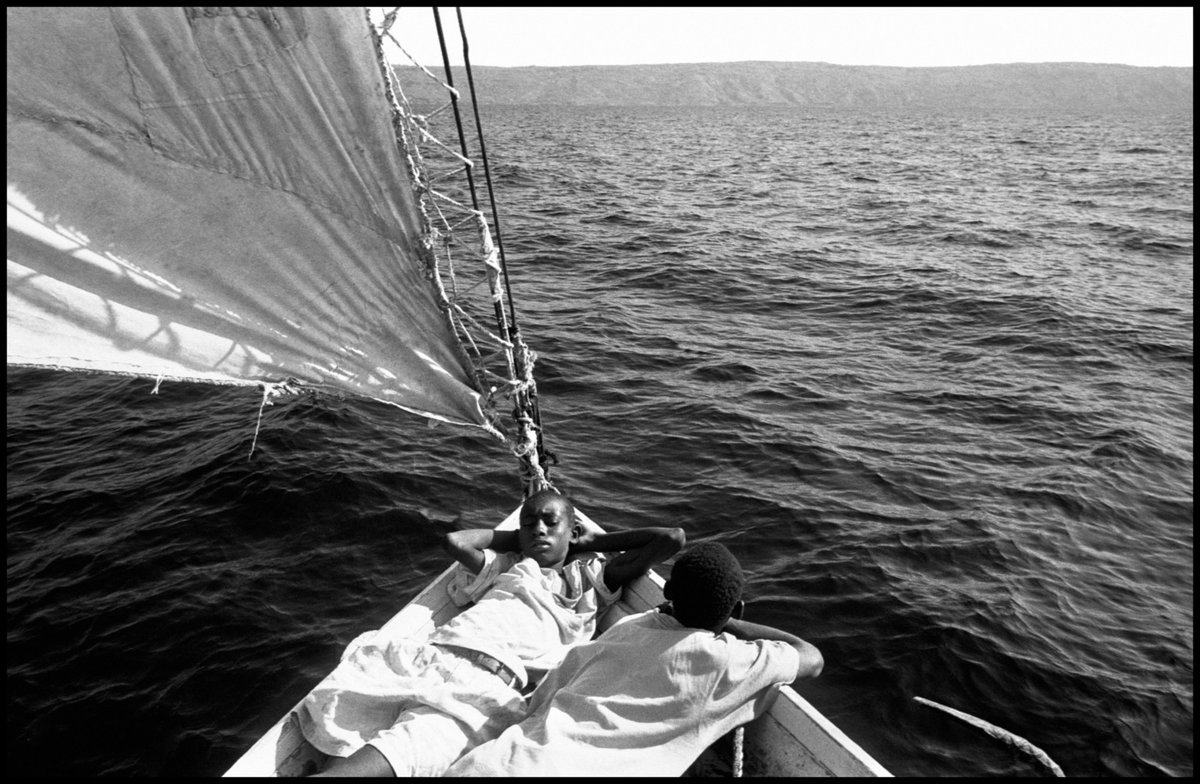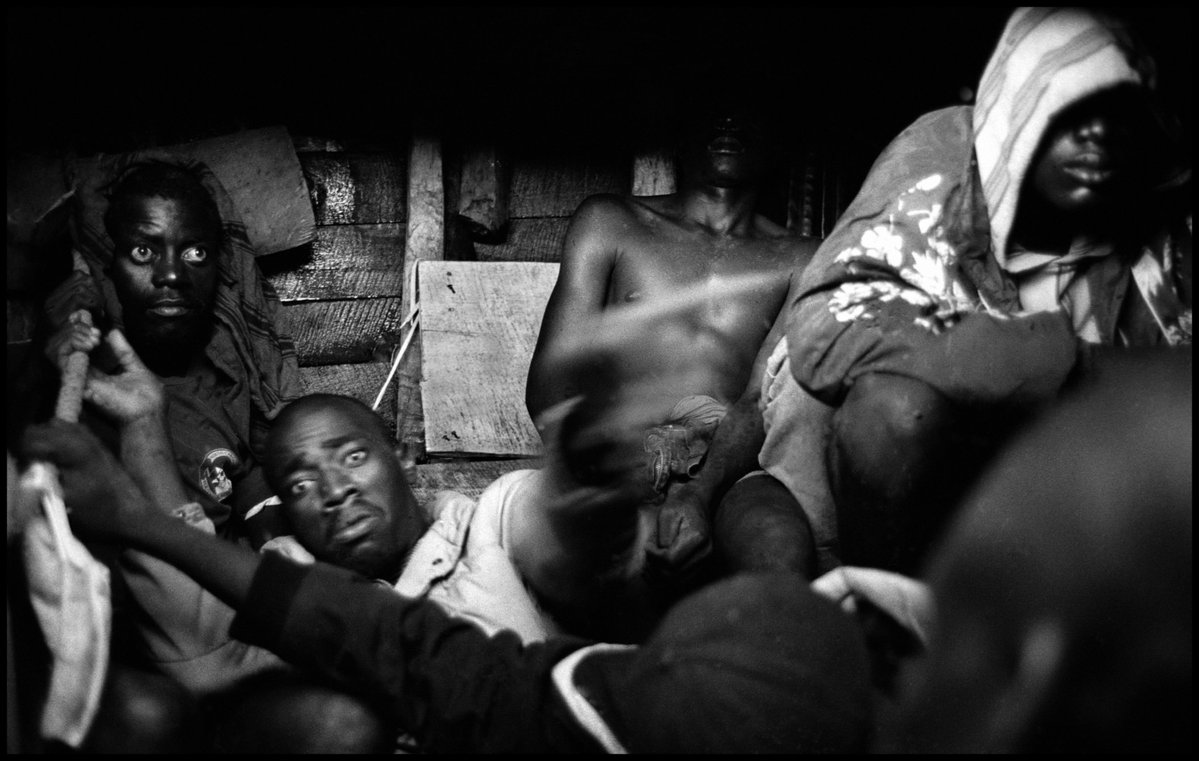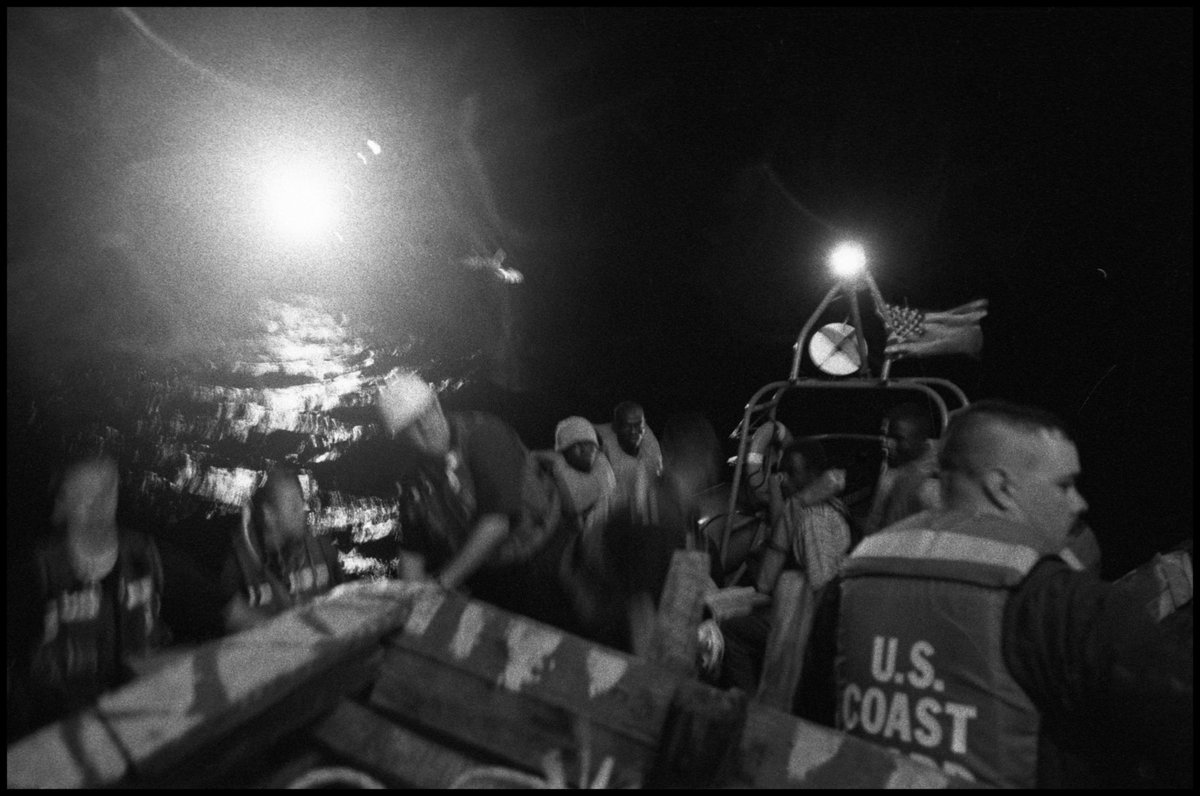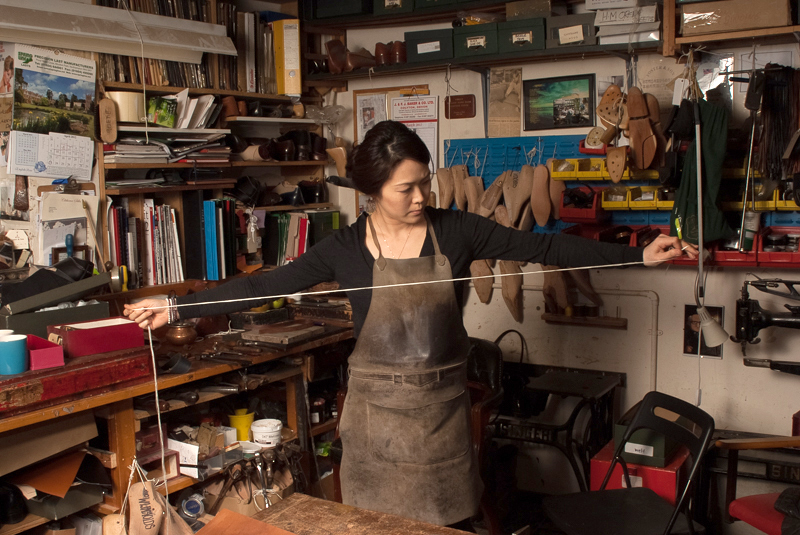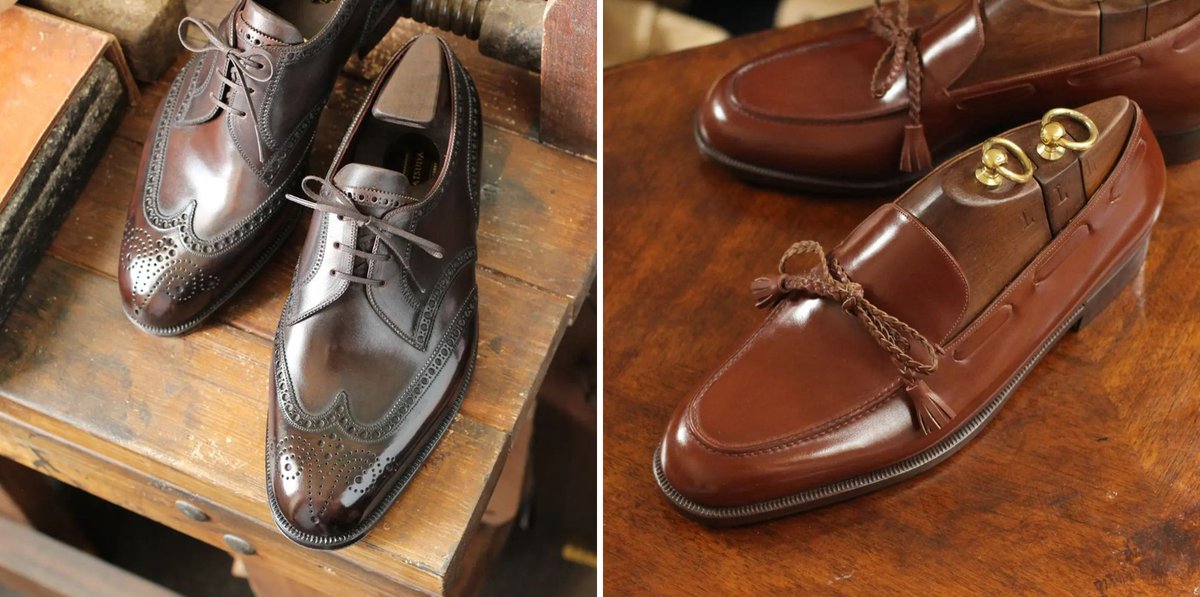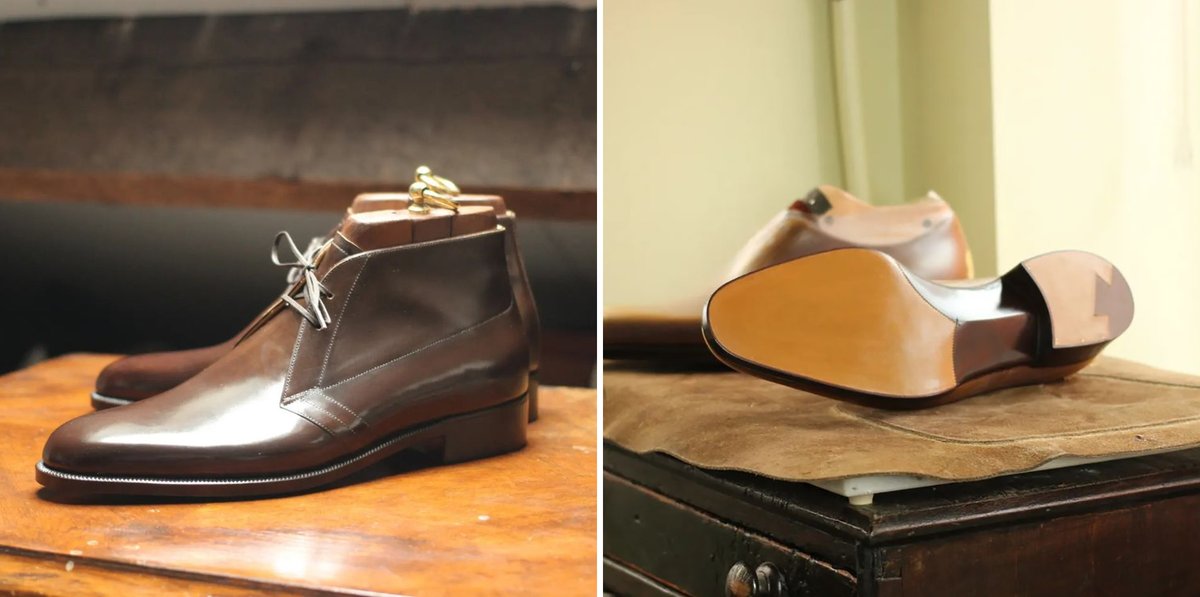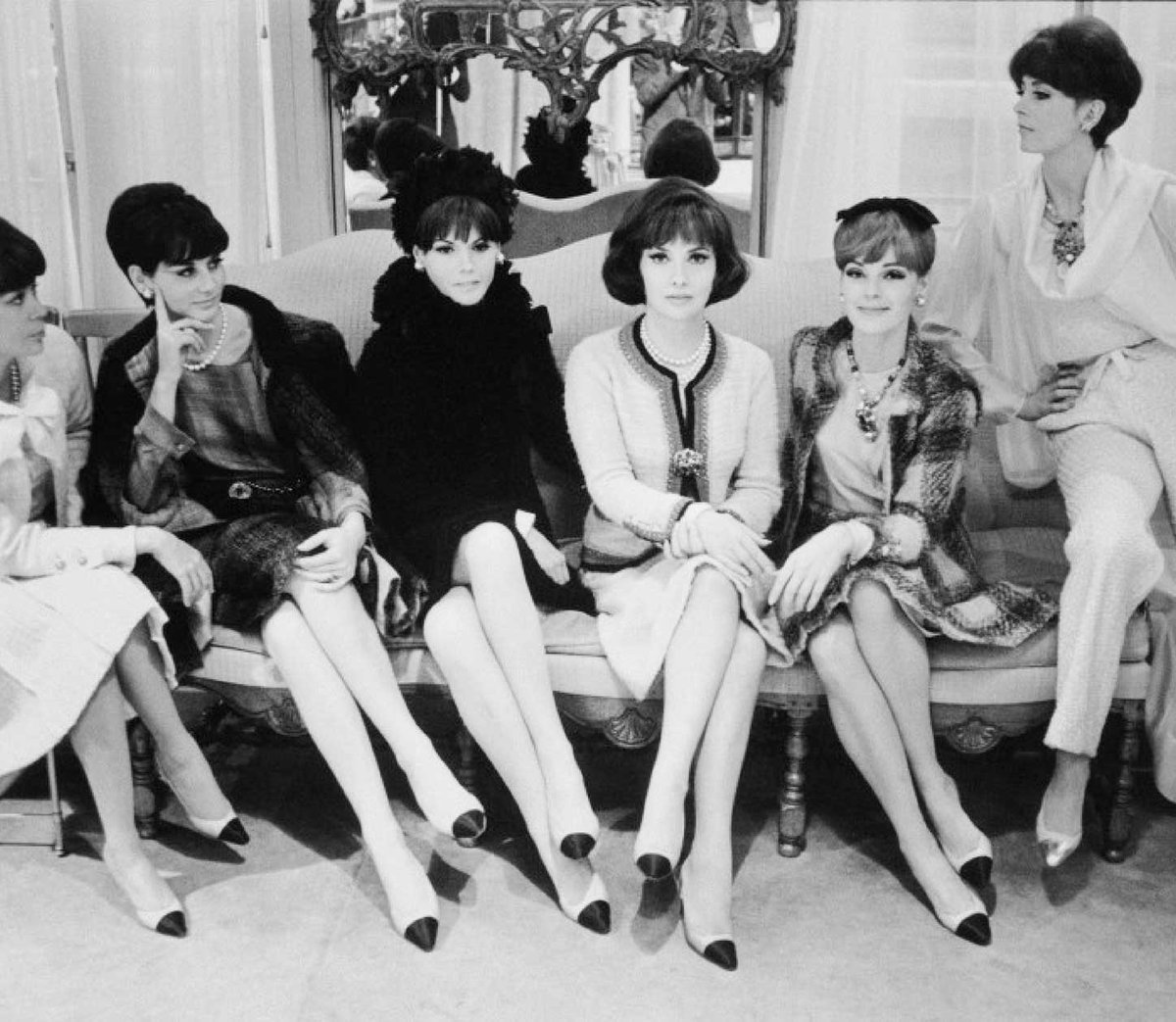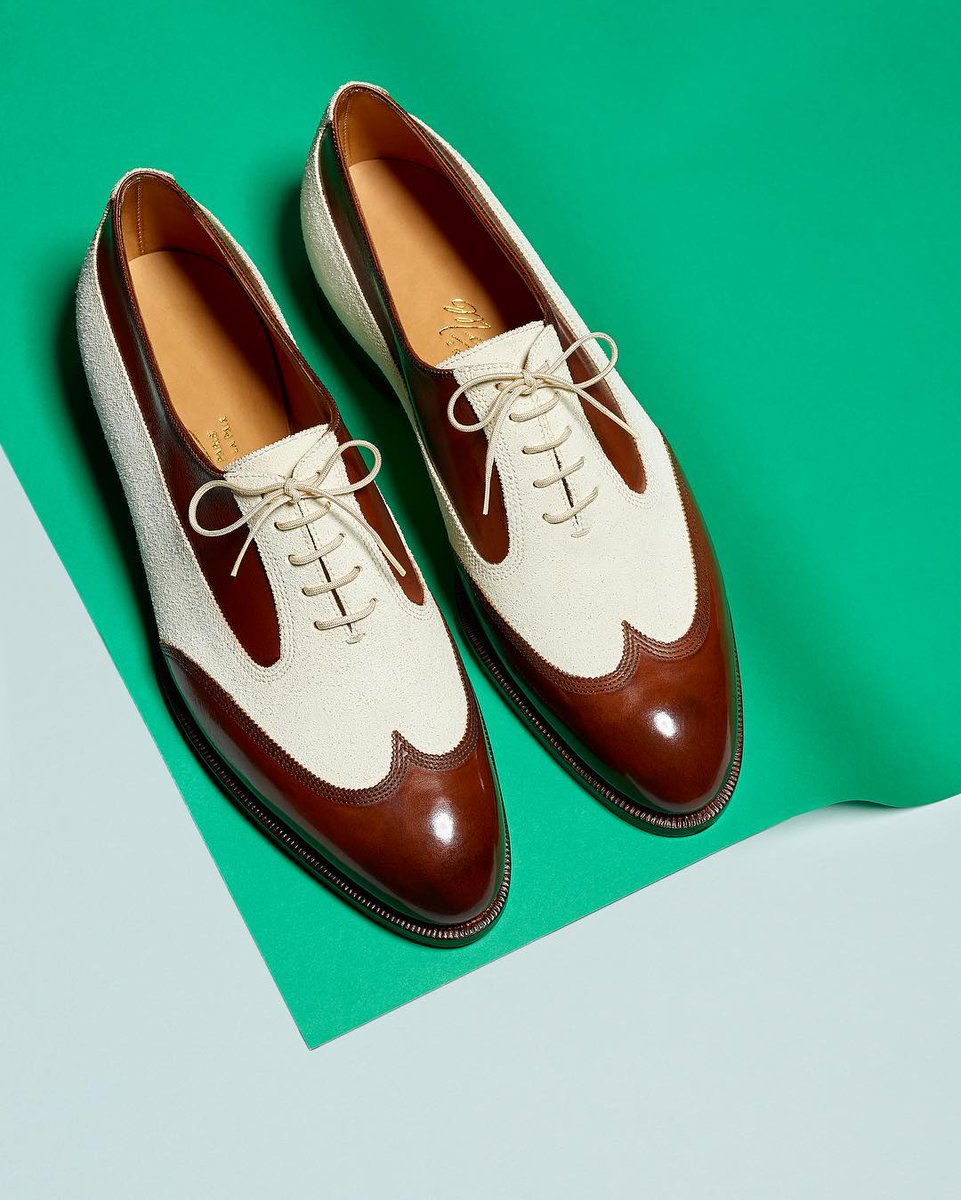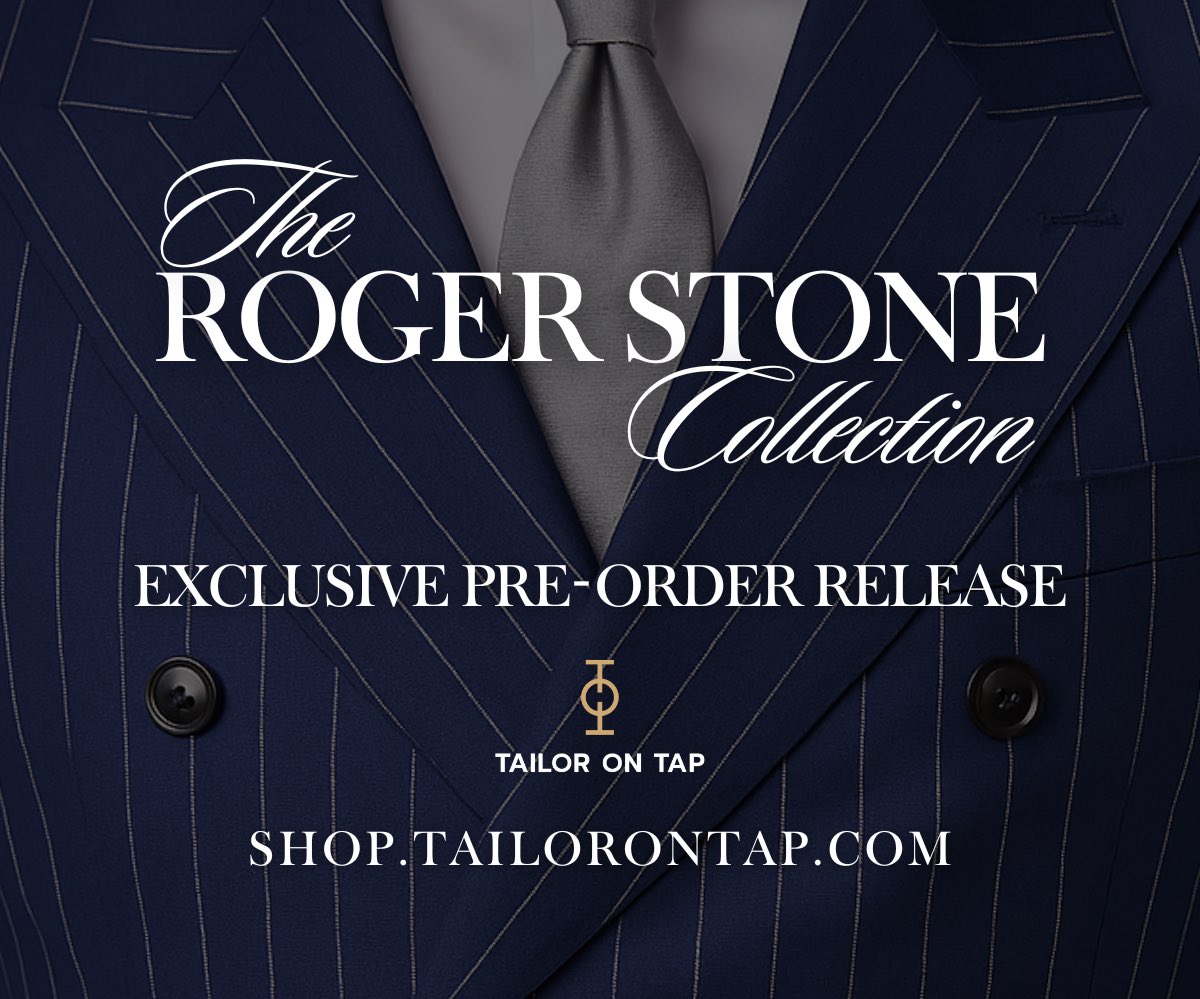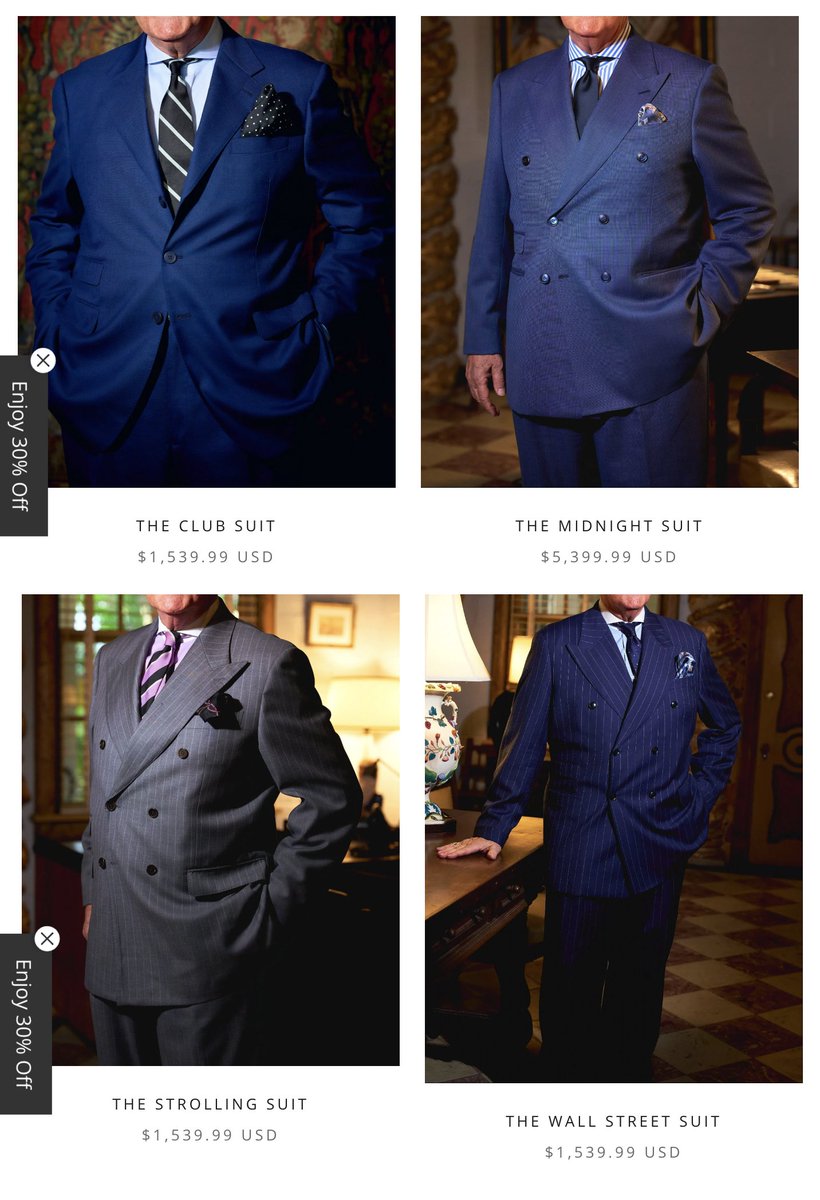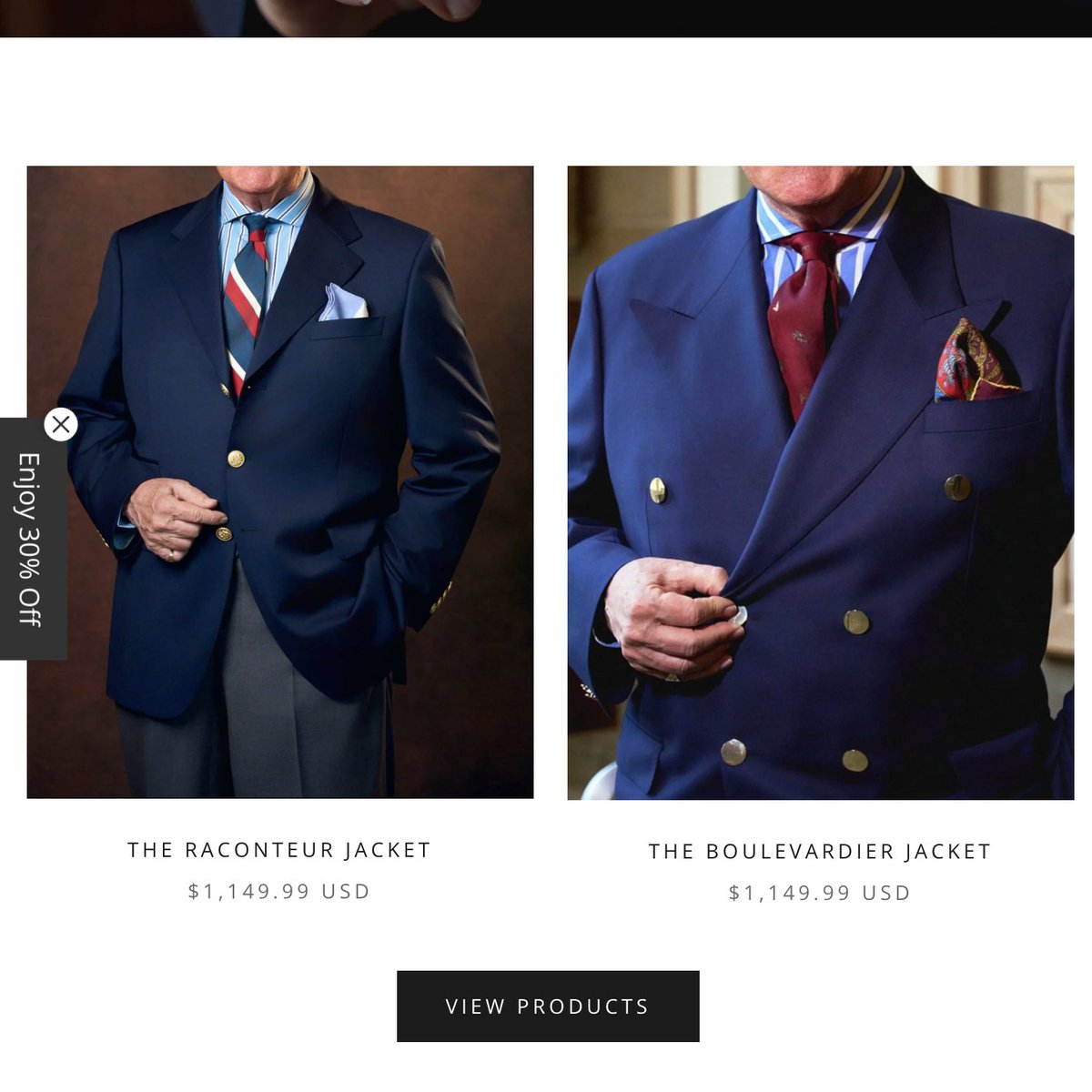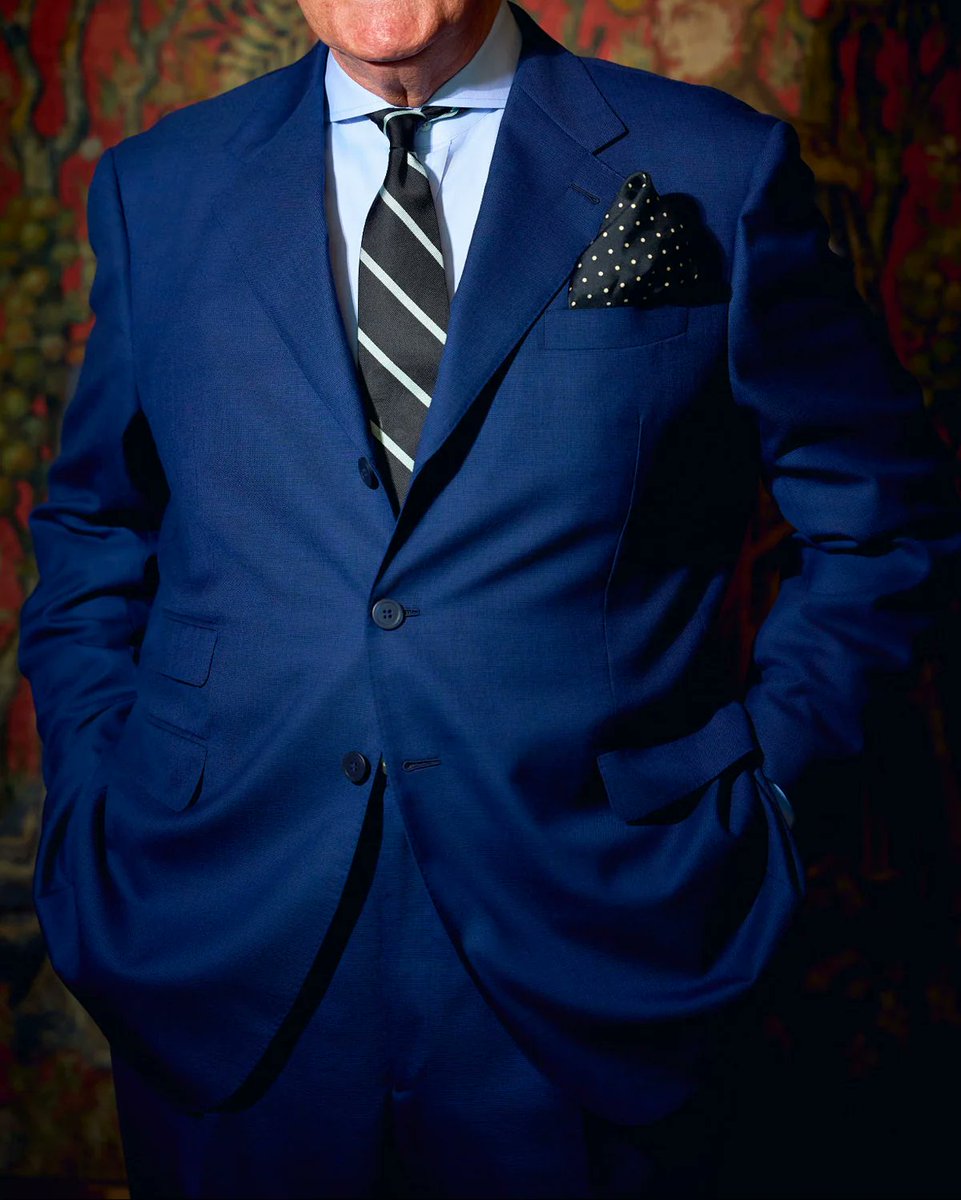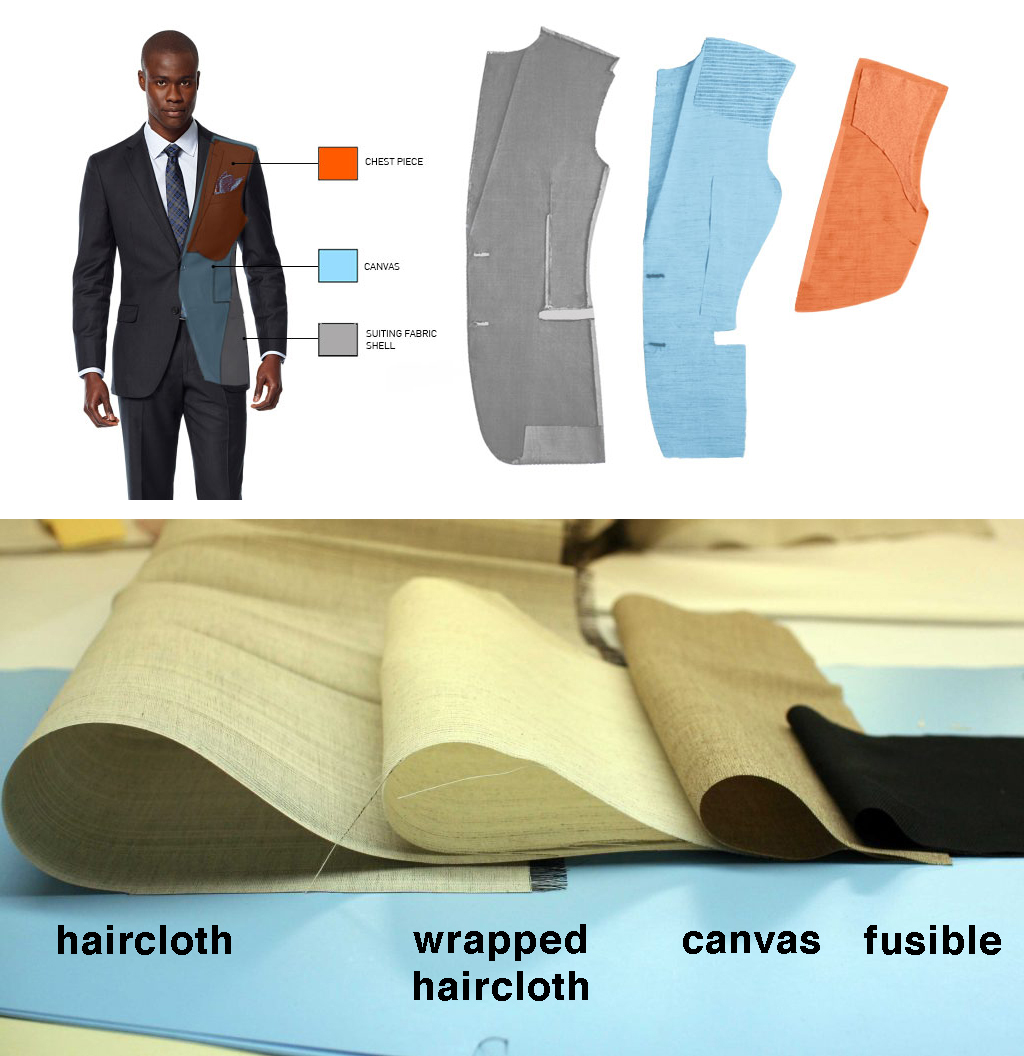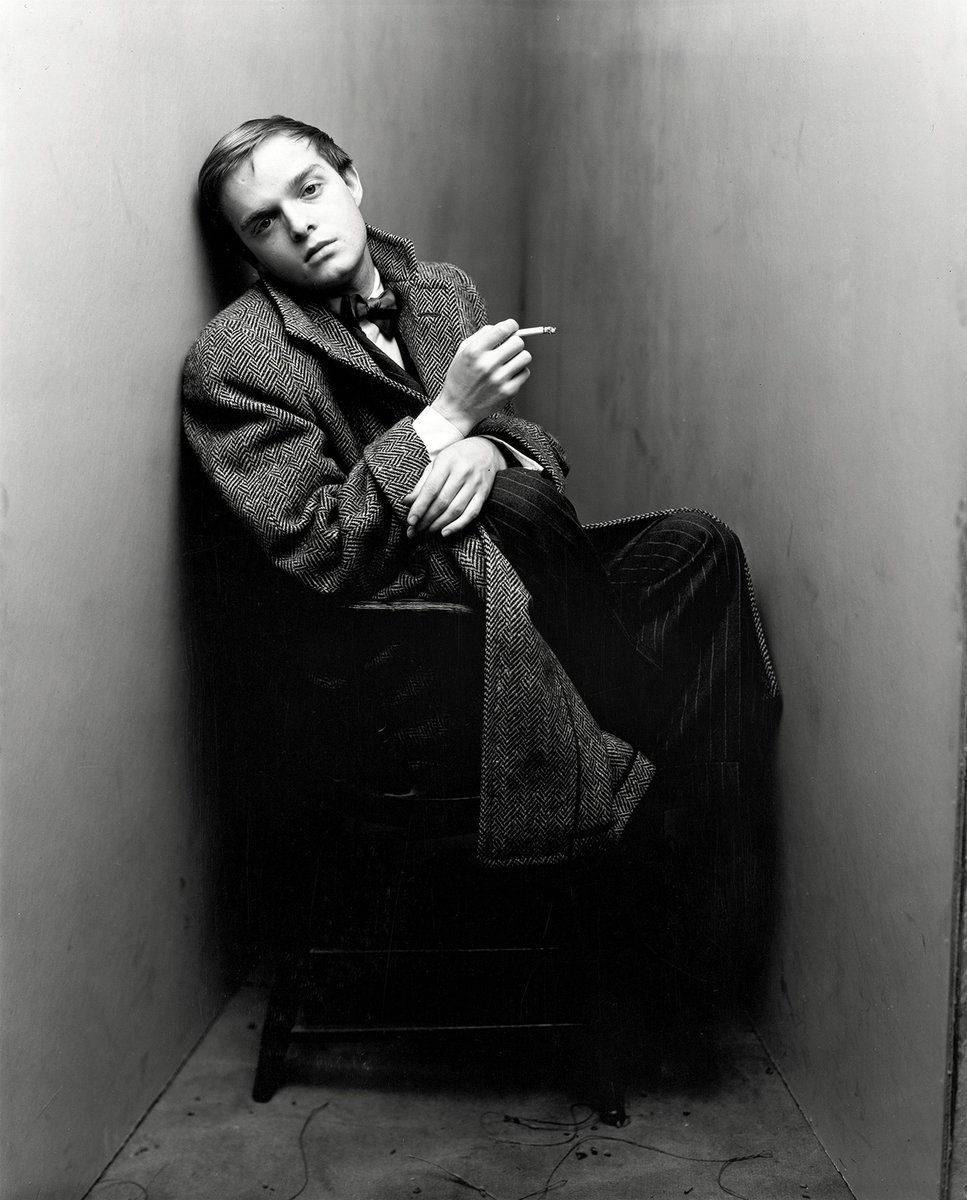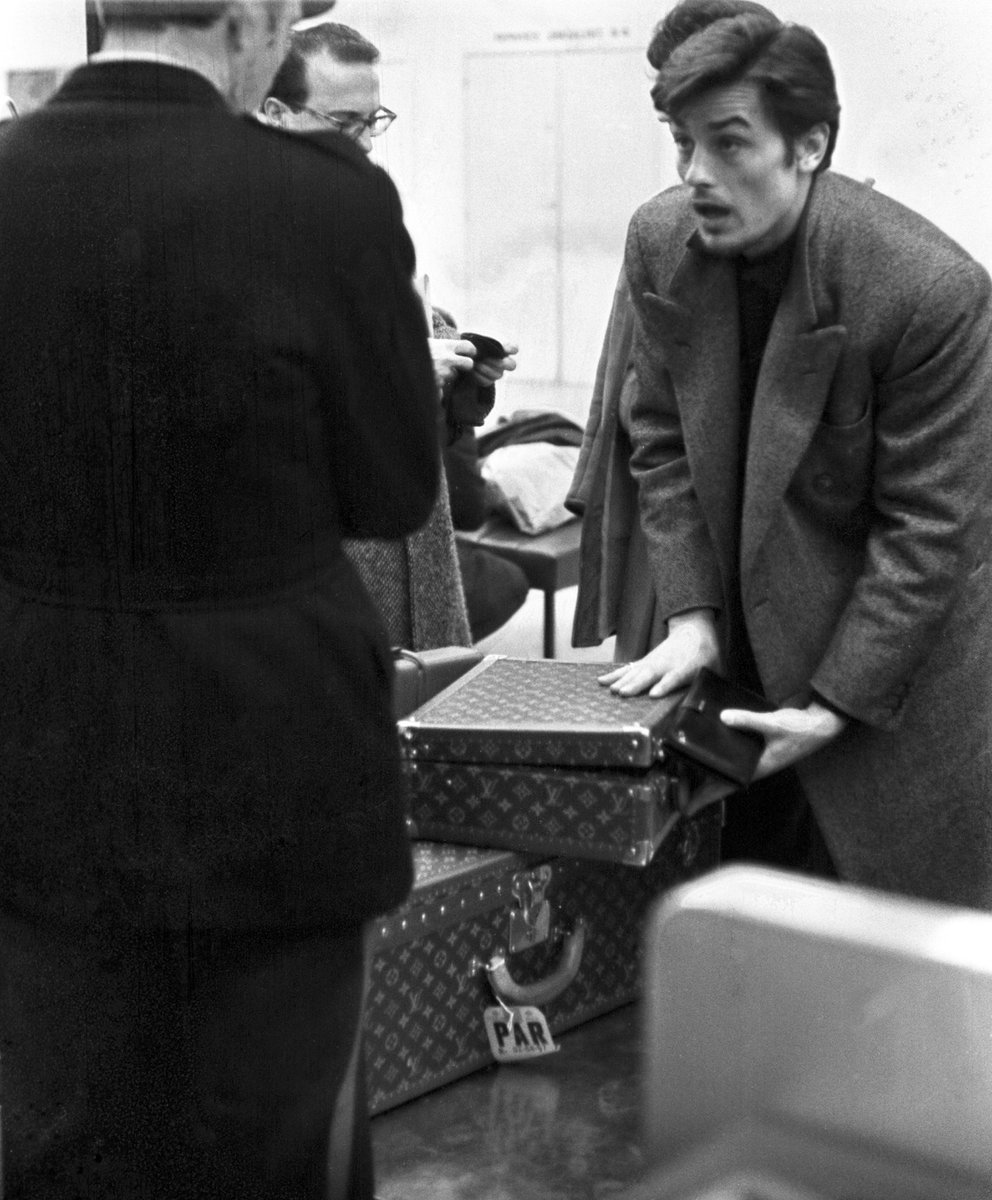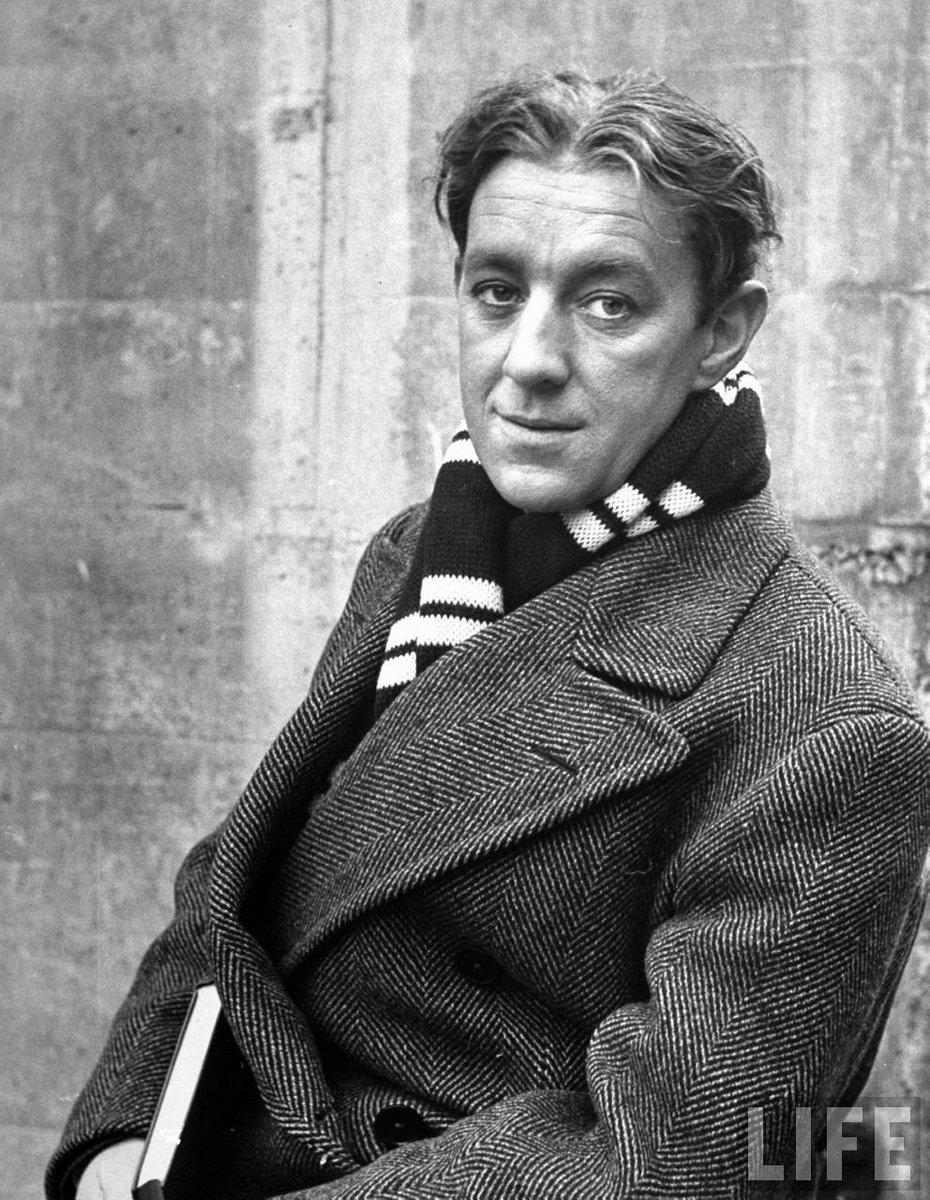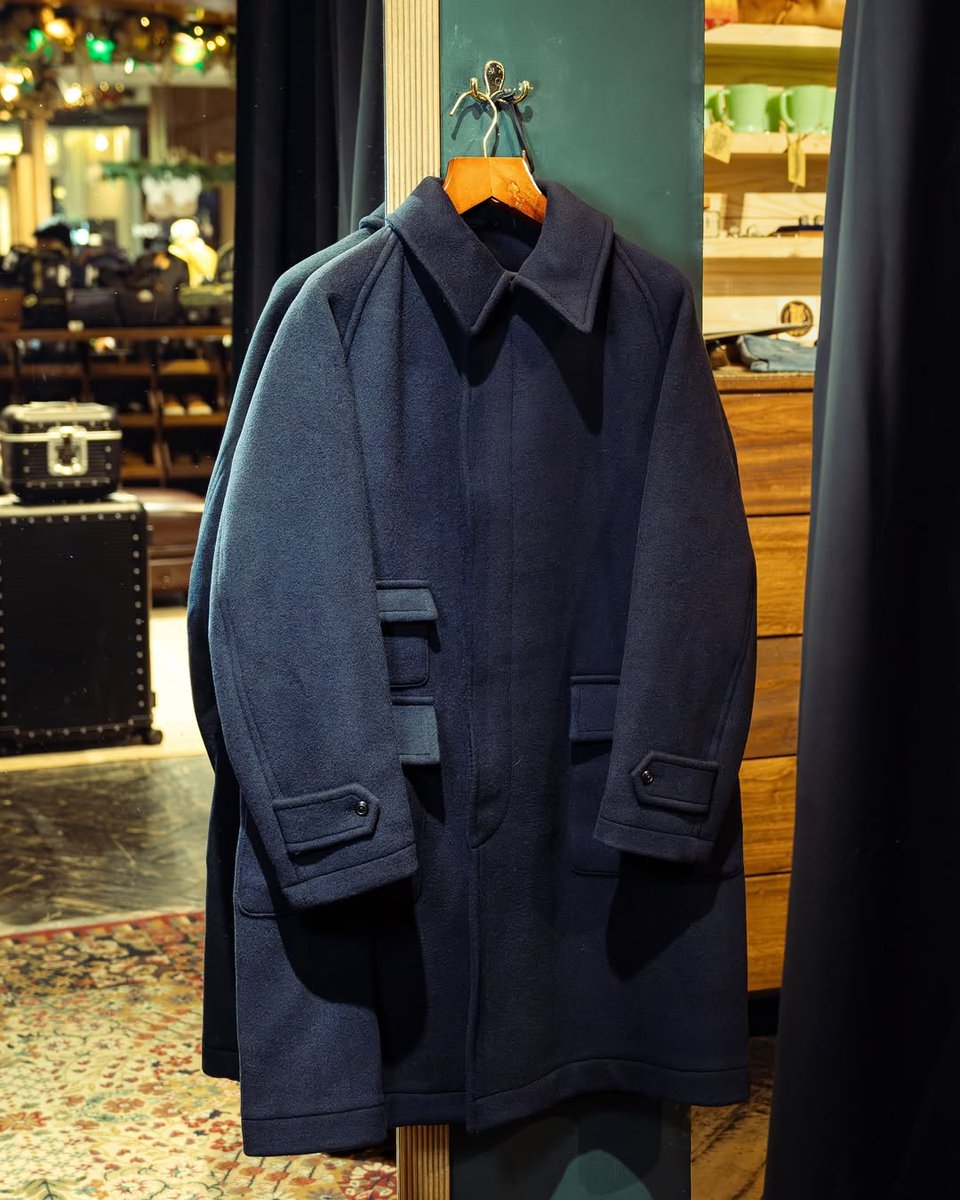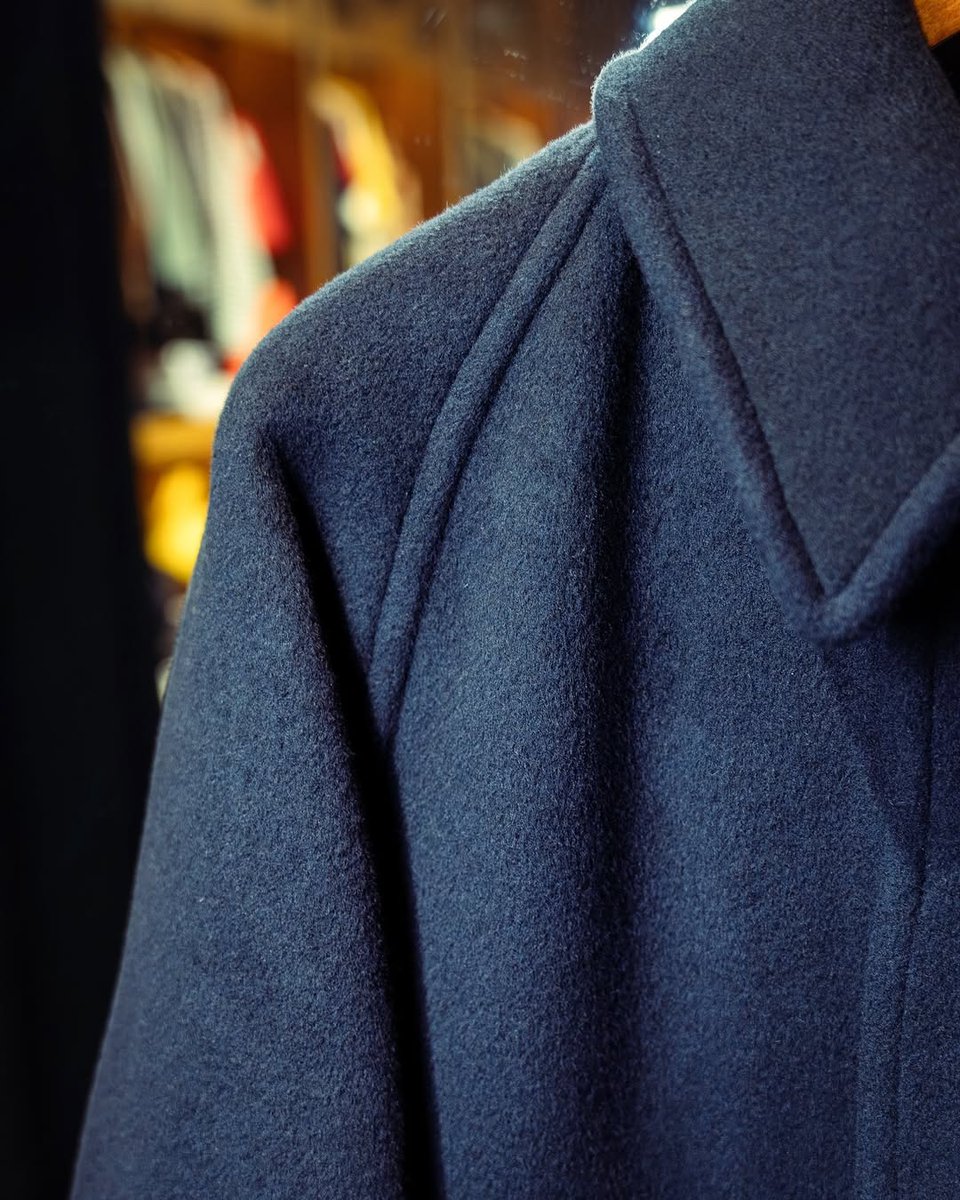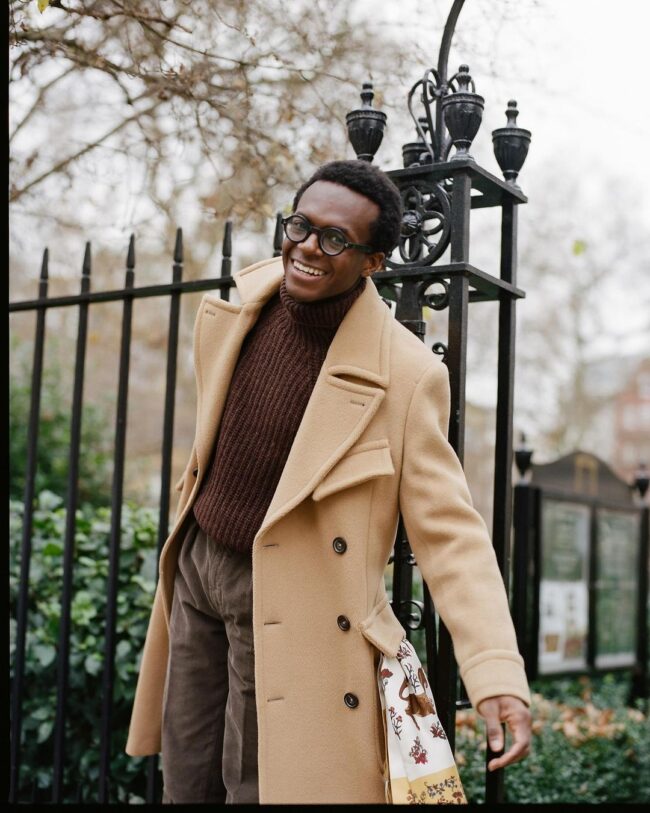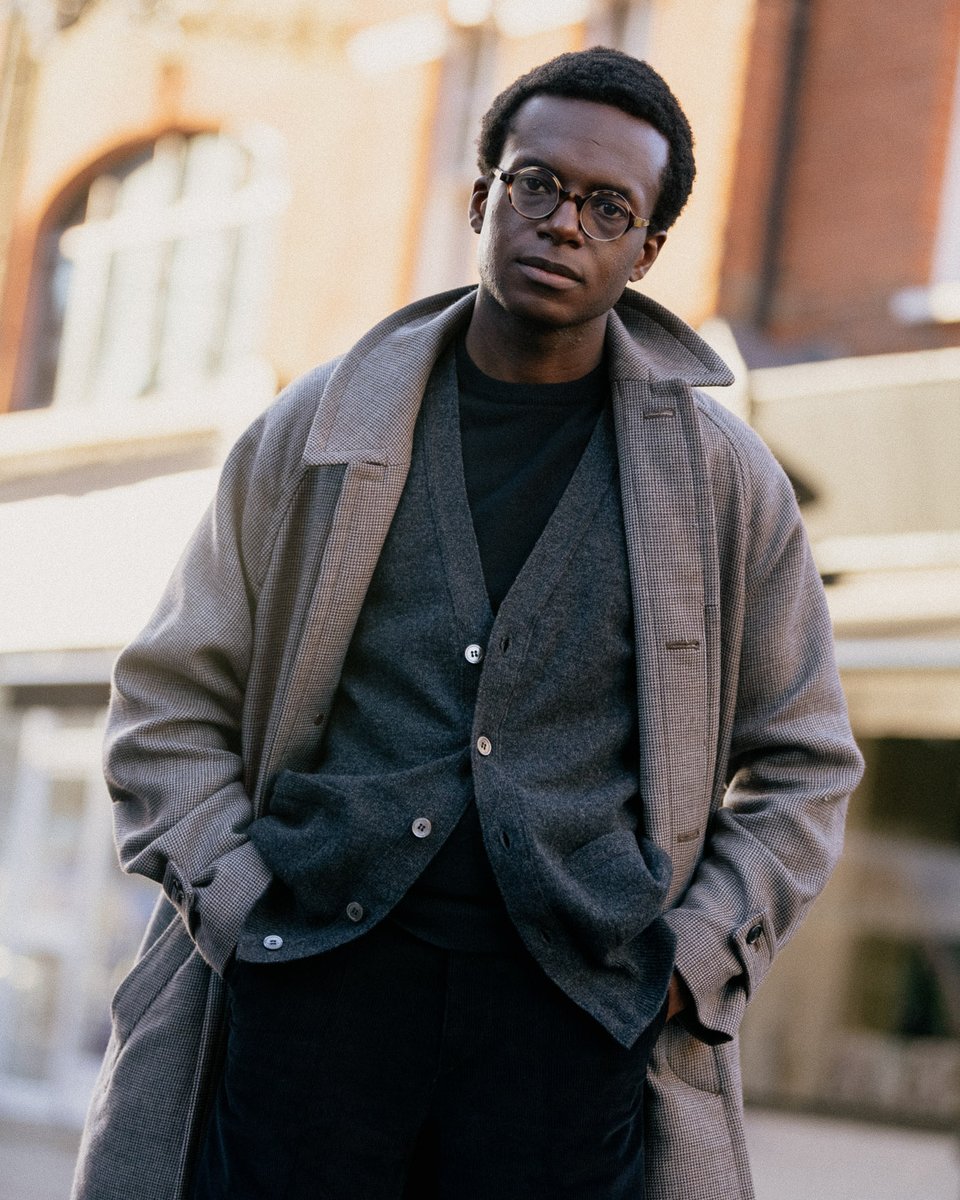Clothes have long been political. 🧵
https://twitter.com/BynumJimmy/status/1853610203846996393
In late 19th cent, Victorian feminists started wearing a long one-piece form of underwear known as the union suit. This was part of a dress reform movement, where women wanted to be more comfy. Men later adopted this type of women's underwear & turned the top half into t-shirts 



When Keir Hardie, founder of the Labour Party, was elected as MP, he showed up to his first day of work in a suit. Proper MP uniform at the time was a frock coat and silk top hat, but Hardie wore a suit to signal his allegiance to the working classes. The press was scandalized. 



In the US, a similar shift was happening. Those who owned the means of production (capitalists) and those who managed those means (managers) adopted three-roll-two suits, button-down collars, and rep striped ties. This uniform hid class differences. 

In his 1919 muckraking exposé The Brass Check, Upton Sinclair wrote about people who worked in offices and those who labored in the mailrooms below. This is where we got the terms "white collar" and "blue collar," which allowed ppl to sidestep uncomfortable discussions of class. 

Sinclair knew that middle managers often thought of themselves as part of the capitalist class because they wore similar clothes and ate similar foods, even though their material interests were more aligned with blue collar laborers. From his essay: 

During the 1920s through 40s, ethnic minorities—most of them Blacks and Latinos, although also some Asian Americans—wore an oversized style known as the zoot suit. For them, the style represented ebullience and swagger; for white middle class America, it was unseemly and sinister 



Many felt it was unpatriotic to wear so much cloth in the face of war time rationing. So in the brewing stew of racial tensions in 1943 Los Angeles, some sailors went around beating up young Latinos for wearing these big clothes. This was known as the Zoot Suit Riots. 

A similar thing happened in Nazi-occupied France. Supporters of the Vichy government hated the oversized clothes on young Parisians known as les zazous. They associated the clothes with degenerate taste in music and language (jazz and slang), as well as sympathy for Jews. 

During the Civil Rights movement, many organizers knew they had to put on the appearance of white middle class respectability in order to be taken seriously. But when they went into rural locales, those same suits alienated people, so the wore denim and workwear. 



It was also around this time that many younger people started to become disillusioned by the suit, as it became too closely tied with the establishment and a kind of suburban, bourgeoise lifestyle. The film The Man in the Gray Flannel Suit is about this struggle with conformity. 



With the Civil Rights movement, feminist movement, anti-war protests, and counter-cultural movements in the background, many young people sought other aesthetics. Thus we get the blooming of countercultural aesthetics, such as Jimi Hendrix's (bespoke) floral creations. 



After the Stonewall Riots, many in the LGBTQ+ community were sick of living in the shadows. For many gay men, reaching into their closet was a way for them to come out of it. Taking inspiration from transgender sex workers, some adopted what became known as “radical drag.”
This style blurred the line between masculine and feminine by combining the more extreme symbols of both. Gold lamé dresses were worn with work boots, pink tutus were paired with army jackets, and bearded faces were caked with make-up. The look proclaimed a person's identity. 

These ideas would be later carried forward by protopunk bands such as The New York Dolls, who performed in feminine dresses, long hair, and glitter-glam make-up. Their laer music influenced The Sex Pistols, Kiss, the Ramones, Guns N’ Roses, and the Smiths. 

Many gay men during this period also didn't like the idea that being gay meant you were feminine, so they took on the traditional visual markers of hyper masculinity. Often, this meant adopting a working-class aesthetic, but tightened up to sexualize it. 

Writer Frances Fitzgerald dubbed this the "The Clone Look" or "The Castroids" for people around San Francisco's Castro Street. It was "cowboy or bush pilot: tight blue jeans, plaid shirts, leather vests or bomber jackets, and boots. The new look was ‘gender-eccentricity.'"
If this style looks familiar it's because it has now become mainstream, even wore by the loudest of anti-LGBTQ+ voices. Tight work clothes signal this is not about function but identity. But since so many people wear it nowadays, the in-group LGBTQ+ signal is now lost. 







To me, it's undeniable that clothes are political because we're currently living through one of the most politicized clothing. Many states have tried to pass bans on drag shows, even when no children are present. That's essentially about how people are allowed to dress. 

We can't imagine the sexual and gender revolutions of the last 100+ years while confining men to suits and women in sundresses. Clothing is inherently political because it's a way for people to identify with groups and express their individuality within them.
The expansion of dress practices goes hand-in-hand with who we think counts in our nation. First, we collapsed the visual distinction between white, straight men of certain social classes: aristocrats, capitalists, and managers. Gone was the frock coat; this was the age of suits. 

As the 20th century marched forward, dress influence flowed not just from those with financial capital, but also those with cultural capital: workers, artists, musicians, etc. This again went hand-in-hand with the pro-labor and Civil Rights movement. 



The political movements around gender and sexuality have also spawned new aesthetics, such as drag and punk. When Vivienne Westwood and Malcolm McLaren opened their radical shop on London's King's Road, they named it SEX (all caps so you couldn't mistake it). 



I've often said that dress is a type of social language, and since everything is political, dress reflects not only key dimensions of our identity (e.g., gender, sexuality, class, etc), but also the political zeitgeist and structures. As politics change, so do our dress habits.
In fact, understanding the cultural and political dimensions of clothing is the easiest way to dress better. This frees you from thinking about dress as a series of meaningless trends shaped by editors and designers. It becomes about social history and stories. 

• • •
Missing some Tweet in this thread? You can try to
force a refresh






